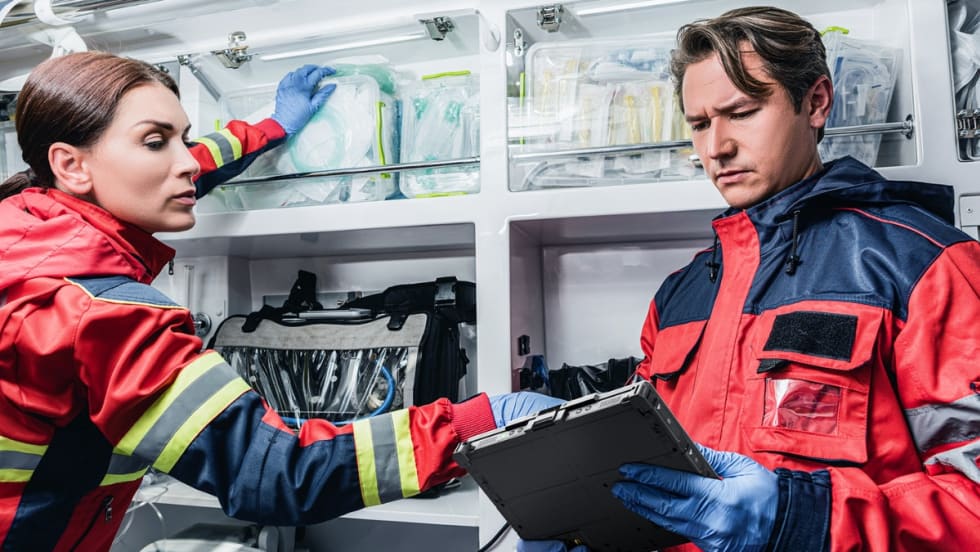JVC's Private MESH Video Network solves the congestion problem and provides bandwidth up to 85 Mbps, which is significantly more than traditional cellular and even bonded cellular transmission systems. When partnered with the Silvus Bi-Directional Radio System, the JVC system offers even better reliability. Plus, the private network delivers much larger transmission distances than Wi-Fi systems, provides a secure direct encoded video stream, and features two-way communication that allows camera setup and adjustment from remote locations.
"This is the future of 'first mile' contribution for live multi-camera coverage of remote events. Broadcasters are going to love the reliability and simplicity of our private wireless network system, because it resolves any issues of access or bandwidth in the field," Dave Walton, assistant vice president, marketing communications. "Sports producers have already expressed interest in this technology, and it has huge potential for government and security applications as well."
The independent, isolated network is built around the use of mobile MESH nodes that can communicate while moving without any kind of fixed infrastructure. Although the JVC network was designed as a portable MANET (Mobile Ad-Hoc Network) system, nodes can be permanently installed in locations such as sports arenas or government buildings where broadcasters frequently return for live reports.
Each node in the JVC system is a Silvus Transceiver Radio that serves as both transmitter and receiver, creating a flexible, self-managing, and self-healing network. Radio choices include a camera node that directly attaches to a JVC camcorder and receive an encoded stream directly from the camera (a JVC exclusive), mobile relay node designed for use in vehicles, fixed relay node for fixed locations within the wireless service area, and destination access point node that serves primarily as the receiver for live transmission or file transfer.
The network is simple to set up and requires very little knowledge to operate. Best routing decisions are made automatically, and the network can be administered from any radio. The quantity of nodes required to cover an event is subject to the size of the area and topography of the region.











